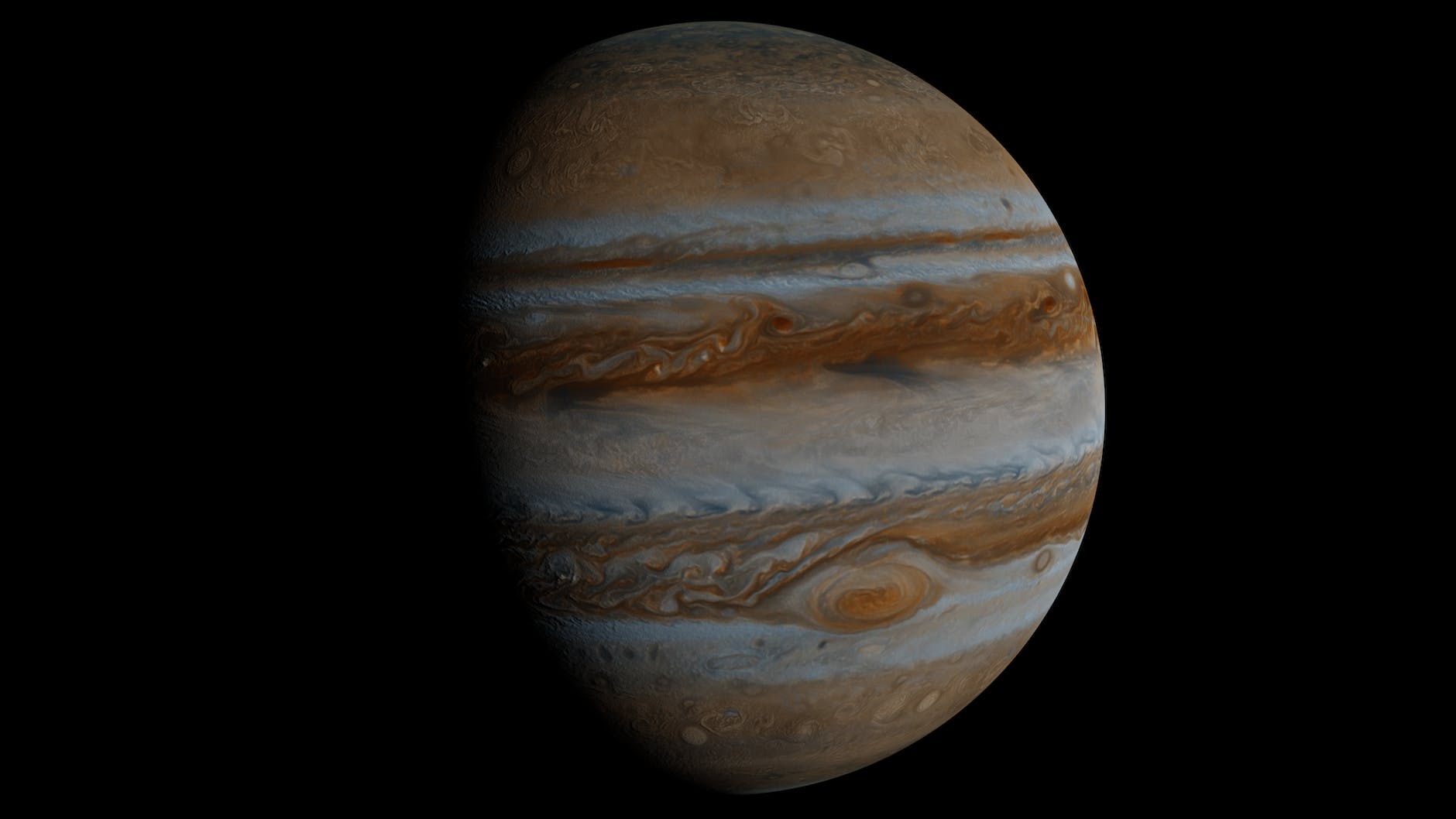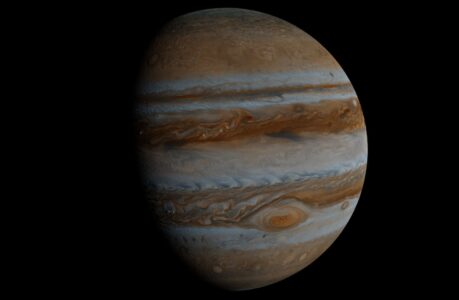Discover the secrets to selecting the perfect telescope filter for an out-of-this-world planetary observing experience.
Do you dream of exploring the vast expanse of the night sky? Are you fascinated by the planets and eager to witness their intricate details? If so, investing in a telescope is a fantastic way to embark on your cosmic journey. But to truly unlock the wonders of the planets, you need more than just a telescope; you need the right telescope filter. In this article, we will delve into the intricacies of selecting the perfect filter for planetary observations, allowing you to capture breathtaking celestial sights like never before.
The Importance of Telescope Filters
Before we dive into the specifics, let’s understand why telescope filters are crucial for planetary observations. Filters act as a gatekeeper between your telescope and the universe, selectively allowing certain wavelengths of light to pass through while blocking others. They serve two primary purposes:
- Enhanced Contrast: Filters help improve the contrast between the planet you are observing and the background sky. By selectively blocking specific wavelengths of light, they reduce unwanted glare and atmospheric disturbances, enhancing the details and features of the planet.
- Selective Light Transmission: Different filters allow specific wavelengths of light to pass through, highlighting different aspects of the planet. By using various filters, you can uncover unique characteristics, such as surface details, atmospheric compositions, and even weather patterns on distant celestial bodies.
Now that we understand the significance of telescope filters, let’s explore the key factors to consider when choosing one for your planetary observations.
1. Filter Types and Their Applications
Telescope filters come in various types, each designed to enhance specific aspects of planetary observations. Let’s take a closer look at the most common filter types and their applications:
a. Color Filters: Color filters are the most basic and commonly used filters for planetary observations. They enhance the contrast and details of certain features by emphasizing specific colors. For example, a red filter can enhance Martian surface details, while a blue filter can bring out the details of Jupiter’s cloud bands.
b. Polarizing Filters: Polarizing filters work by reducing glare and increasing contrast, making them ideal for observing highly reflective planets like Venus. They allow you to adjust the amount of light transmission, enabling you to fine-tune the level of detail visible.
c. Neutral Density Filters: Neutral density filters are designed to evenly reduce the overall brightness of the image without altering its color balance. They are useful for observing extremely bright objects like the Moon, allowing you to comfortably view its features without overwhelming your eyes.
d. Bandpass Filters: Bandpass filters are specialized filters that only allow a narrow range of wavelengths to pass through. They are often used to observe specific features like hydrogen-alpha (H-alpha) regions on the Sun, revealing intricate solar prominences and filaments.
By understanding the characteristics and applications of these different filter types, you can choose the one that best suits your needs and the planetary objects you wish to observe.
2. Consider the Planetary Features You Want to Observe
To select the right telescope filter, it is essential to consider the specific features you want to observe on different planets. Each planet presents unique characteristics, and certain filters are better suited for bringing out specific details. Here are a few examples:
a. Mars: To enhance the contrast and visibility of Mars’ surface features, a red or orange filter is commonly used. These filters help reveal intricate details such as dust storms, polar ice caps, and subtle variations in the terrain.
b. Jupiter: Jupiter’s vibrant cloud bands and Great Red Spot can be highlighted using a blue or green filter. These filters reduce the scattered light from the planet’s atmosphere, allowing you to witness the mesmerizing details of its turbulent storms and atmospheric belts.
c. Saturn: For Saturn, a yellow or orange filter can improve the visibility of its ring system. By reducing the brightness of the planet, these filters enhance the contrast between the rings and the planet’s disk, revealing intricate gaps and divisions within the rings.
d. Venus: Venus is known for its highly reflective atmosphere, making it challenging to observe without proper filtration. A polarizing filter can significantly reduce the glare and bring out the subtle cloud features on Venus’ surface.
Understanding the distinct features of each planet will help you make an informed decision when selecting a filter, ensuring you can capture the most captivating aspects of our celestial neighbors.
3. Aperture and Focal Length Considerations
When choosing a telescope filter, it is essential to consider your telescope’s aperture and focal length. These factors directly impact the amount of light gathered by the telescope and the magnification of the image. The size of the filter should match the aperture of your telescope’s optical system. Using a filter that is too small can cause vignetting, a darkening effect around the edges of the image, compromising the quality of your observations.
Additionally, consider the focal length of your telescope. Filters can affect the image’s brightness, and different focal lengths require varying degrees of light transmission. As a general rule, lower focal lengths (shorter telescopes) benefit from filters with higher light transmission, while higher focal lengths (longer telescopes) require filters with lower transmission to balance the brightness appropriately.
4. Quality and Brand Reputation
Lastly, it is vital to invest in high-quality filters from reputable brands. Opting for cheap or substandard filters can introduce distortions, reduce image quality, and potentially harm your eyesight. Reputable manufacturers ensure their filters are made with precision, using high-quality materials that minimize any negative impact on your observations.
Do some research, read reviews, and consult with experienced astronomers to identify the most trusted brands in the industry. Investing in a reliable and well-regarded filter will greatly enhance your viewing experience and ensure you get the best possible results.
Prepare for a Stellar Experience
Selecting the right telescope filter for planetary observations can significantly enhance your stargazing adventure, unveiling the enchanting worlds that exist beyond our own. By understanding the different filter types, considering the planetary features you wish to observe, and taking into account your telescope’s aperture and focal length, you can make an informed decision that will elevate your celestial exploration to new heights.
Remember, the night sky is a vast canvas of wonders, waiting to be discovered. With the perfect telescope filter as your guide, you are ready to embark on an extraordinary journey into the cosmos. Get ready to witness the mysteries of the planets and uncover the secrets that lie billions of light-years away. The universe is calling, and now you have the tools to answer its call. Happy stargazing!

